Schlieren Visualizations of Non-ideal Compressible Fluid Flows
The peculiarities of Schlieren visualizations of non-ideal compressible fluid flows are analyzed with the support of experimental evidence and numerical calculation. Schlieren visualizations are performed on a vapor flow of Siloxane MDM (Octamethyltrisiloxane, C8H24O2Si3) expanding to supersonic speeds, up to a Mach number of 2, within a converging-diverging nozzle. The nozzle constitutes the test section of the Test Rig for Organic Vapors (TROVA), an experimental facility built at the CREA Laboratory of Politecnico di Milano (Italy) to investigate non-ideal expansions of complex organic vapors close to the saturation curve and the critical point. These are representative of blade channel flows in Organic Rankine Cycle (ORC) turbines (one of the main industrial applications of non-ideal compressible flows). The aim is to provide experimental data to characterize such flows and validate Computational Fluid Dynamics (CFD) codes that embed state-of-the-art thermodynamic models to predict their behavior. The facility implements a batch ORC where the turbine is replaced by a planar straight-axis converging-diverging nozzle. Dense-gas flows are investigated by means of static pressure measurements along the nozzle axis and through total temperature and total pressure measures at the nozzle inlet. Schlieren visualizations complement these discrete point-measures and provide a better understanding of the occurring gas-dynamic phenomena. The fluid employed in this work is Octamethyltrisiloxane, a silicon oil used in high-temperature ORCs. Total inlet nozzle conditions are in the range of 4-10 bars and 230-280 °C. Nozzle geometries are designed to achieve a uniform Mach number at the outlet section and provide expansion ratios that allow to explore thermodynamic regions with strong non-ideal-gas effects. The Schlieren system used in this work employs a double-pass configuration. Light rays from a mercury vapor lamp are collimated by a bi-convex lens (L1) and cross the planar test section perpendicularly to it. Rays are deflected by density gradients occurring within the flow, are reflected back by a mirror-polished rear steel plate and then re-focused by lens L1 at the knife edge after a 90° rotation operated by a cubic beam-splitter. The Schlieren image is finally focused on the sensor of a high-speed CMOS camera by a second lens (L2). Visualizations of MDM vapor flows showed measuring-range issues: portions of the image expected to appear bright due to negative density gradients (expansion), were dark instead. This was attributed to the strong gradients occurring in these non-ideal flows, causing refractions intense enough to deflect light onto some system aperture stop. Ray tracing calculation indeed showed that rays crossing regions of the test area with stronger gradients were intercepted by the knife frame before reaching the camera sensor. Interestingly, when the same nozzle geometry was used for analogous testing with air, these measuring-range issues were absent or noticeably reduced. This paper analyses both experimental and numerical evidence to investigate the remarkable differences between Schlieren visualizations performed with air and with non-ideal flows of MDM vapor and to look at the link with the respective density gradients, refractive index and speed of sound trends during the expansion.
Authors
Conti C.C., Spinelli A., Guardone A., Cozzi F., Cammi G., Zocca M.
Year
2017
Source
Proceedings of the 12th International Conference on Heat Transfer, Fluid Mechanics and Thermodynamics (HEFAT2017)

